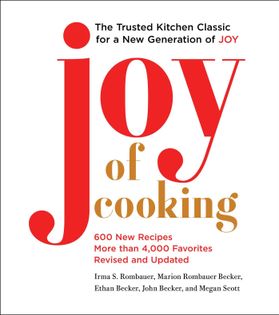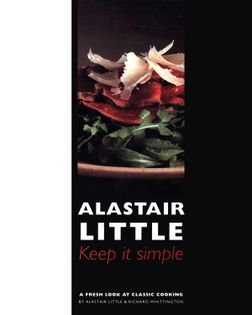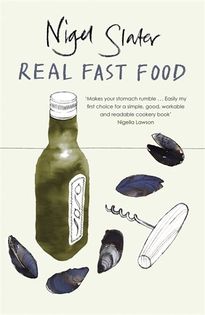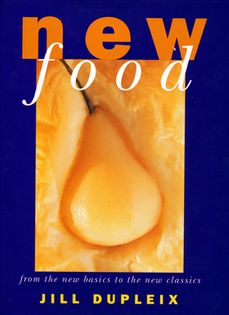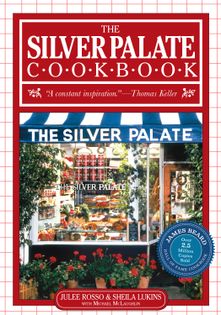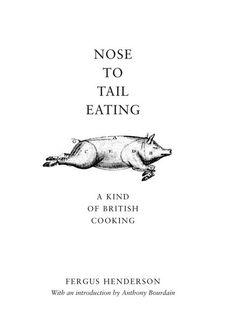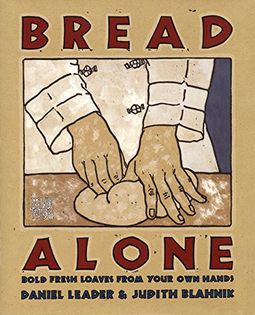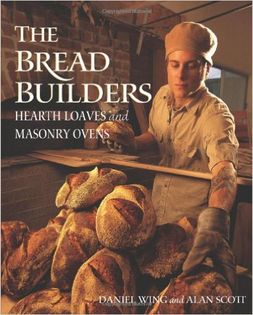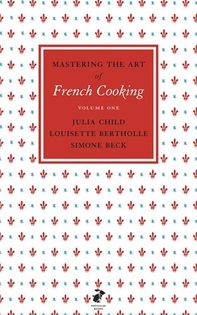
Mastering the Art of French Cooking
Arguably taught generations of cooks how to appreciate the detail and skills found in traditional French cooking, explained in outrageous detail with recipes that ran for many pages. It was the first recipe book I bought in 1991 when I started cooking, and it both fascinated and alarmed me about what preparation of good traditional French food involves. Still charming and inspiring cooks today.


